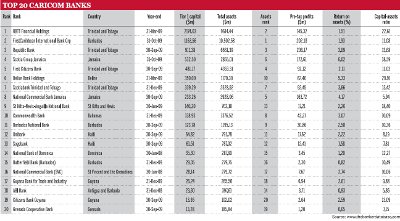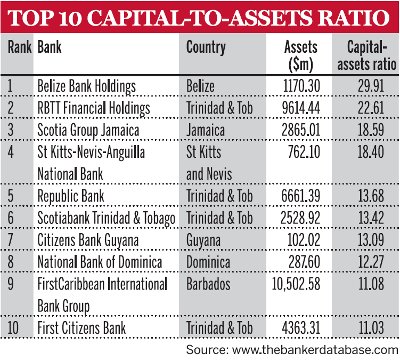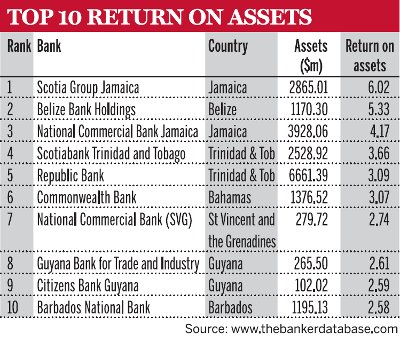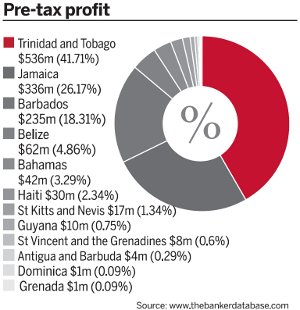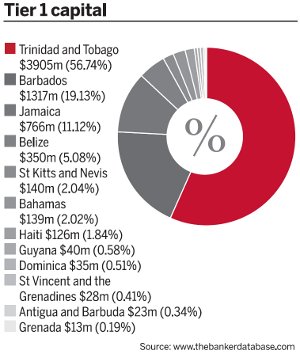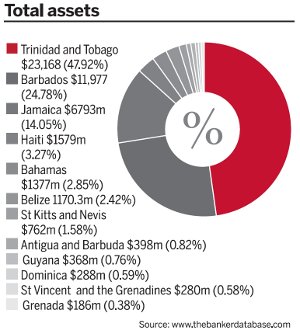Caribbean economies have been hit hard by the global crisis, the Haiti earthquake and the near-collapse of CL Financial in Trinidad though its top performers still have plenty to shout about. Writer Silvia Pavoni
From the ashes: Haitian banks such as Sogebank and Unibank have started the long and cautious road to recovery after the country's devastating earthquake earlier this year
The banks of the Caribbean Community (Caricom) are small compared with those of the neighbouring, much larger Latin American region, but the Tier 1 capital of the top Caricom lenders would comfortably seat them among the top Latin American banks.
Trinidad and Tobago's RBTT heads the Caricom ranking with $2174m in Tier 1 capital, almost three times its 2008 figure. This increase is due to a large share capital increase carried out last year.
Trinidad and Tobago hosts the strongest, largest and most profitable banks in the region with an aggregated Tier 1 capital of $3905m, representing more than 56% of the table's total. Aggregated assets for the country are $23,168m, 48% of the region's total, while Trinidad and Tobago's $536m net profits represent more than 41% of the total for the whole Caricom region.
Trinidad and Tobago's wider financial sector, however, was struck by the near collapse of one of the country's largest financial conglomerates, CL Financial, in January 2009. Earlier this year the government successfully issued a series of bonds totalling TT$3.4bn ($528m) to support CL Financial's operations, boosting the government's total bailout package for the company to TT$5.4bn. Many investors, creditors and insurance policyholders in Trinidad and Tobago still remain concerned about the status of their investments more than a year after the company's rescue.
Crisis impact
The global financial crisis has hit the Caricom region hard. There was a withdrawal of capital from the region's markets at the beginning of the crisis, which forced multilateral agencies such as the International Finance Corporation to extend loans to local businesses.
But even for the banks that did have the balance sheet to continue lending, business did not continue as usual. The construction and hospitality sectors, which represent a large chunk of local activities, found ways to keep costs down and reduce their borrowing needs.
Trauma in Haiti
Things have been particularly tough in Haiti, which was also struck by a devastating earthquake this year. There are signs of growth from Haitian banks - Unibank and Sogebank gained one position each from last year's ranking and now sit at 12th and 13th place, respectively - and local lenders have re-opened for business and are liquid, but Haitian banks generally remain cautious and risk-averse.
Access to credit and lack of investments are still a significant problem in the Haitian market, which has led some of the largest local companies to expand operations in the neighbouring Dominican Republic. This trend began before the earthquake and may pick up speed as Dominican exporters look to develop partnerships with Haitian companies in order to take advantage of the rebuilding process, economists say.



